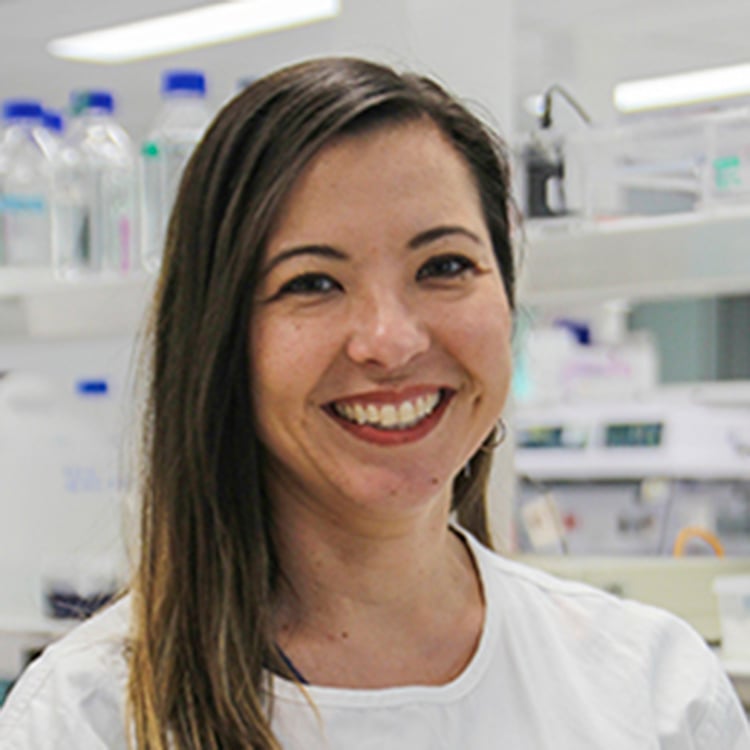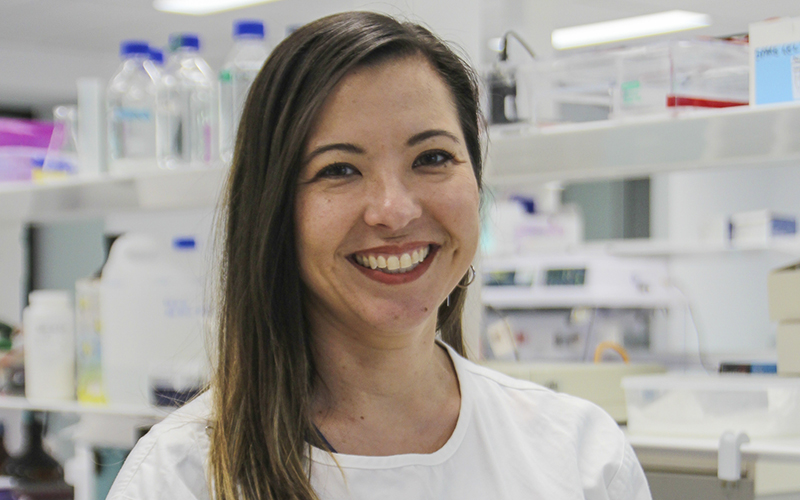Search
Research
Challenges to curing primary brain tumoursThe seven key challenges summarized in this Position Paper are intended to serve as foci for future research and investment in brain tumours
Research
The Australian and New Zealand Children's Haematology/Oncology Group Biobanking NetworkThe ANZCHOG-BN was developed to improve and streamline access to high quality pediatric and adolescent/young adult cancer biospecimens for cancer research
Research
Use of bevacizumab as a single agent or in adjunct with traditional chemotherapy regimens in children with unresectable or progressive low-grade gliomaBevacizumab is well tolerated and appears most effective for rapid tumor control to preserve vision and improve morbidity
Research
Diffuse Intrinsic Pontine GliomaThis chapter summarizes recent advances in diffuse intrinsic pontine glioma and potential novel therapies
Research
Medulloblastoma therapy generates risk of a poorly-prognostic H3 wild-type subgroup of diffuse intrinsic pontine glioma: a report from the International DIPG RegistryThese findings provide a compelling argument for efforts to reduce exposure of the brainstem in the treatment of medulloblastoma
Research
The case for DNA methylation based molecular profiling to improve diagnostic accuracy for central nervous system embryonal tumors (not otherwise specified) in adultsWe report the case of a 45-year-old woman who was diagnosed with a NOS based on immunohistochemical analysis of the patient's tumor at diagnosis.
Research
A novel technique of serial biopsy in mouse brain tumour modelsHere we describe a method by which serial biopsy can be used to validate response to dacomitinib treatment in vivo using a mouse glioblastoma model
Research
Immunogenicity and clinical effectiveness of the trivalent inactivated influenza vaccine in immunocompromised children undergoing treatment for cancerThe trivalent inactivated influenza vaccine is safe, immunogenic, provides clinical protection and should be administered annually to immunosuppressed children receiving treatment for cancer


News & Events
Cancer Council WA supports development of less toxic treatments for childhood brain cancerThe Kids Research Institute Australia researcher, Dr Raelene Endersby, will work to develop less toxic treatments for children with brain cancer, thanks to support from Cancer Council WA.
